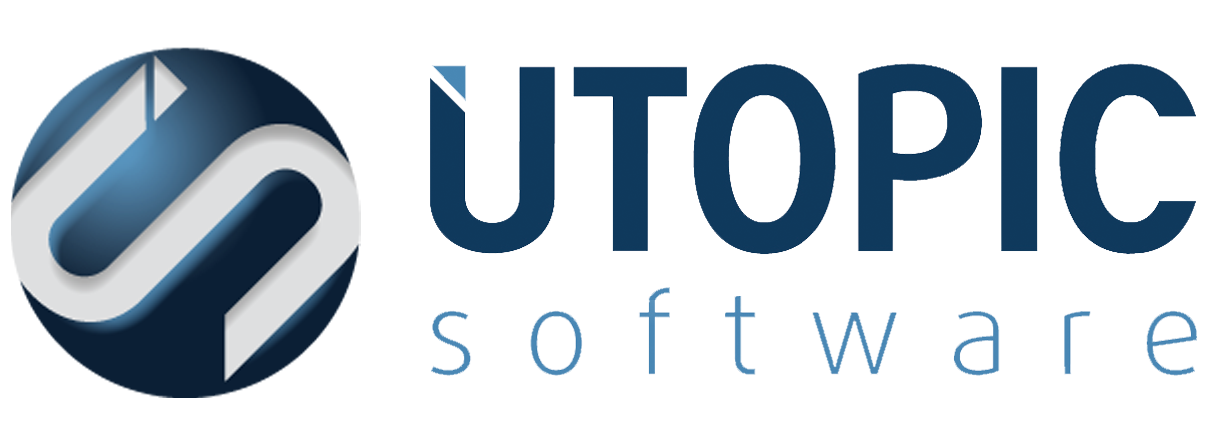Case Study – Zero Touch
Case Study – Zero Touch
Suite’s Zero Touch Capabilities
A ROI and TCO Case Study
Automation provides a proven and streamlined means to centralize imaging development/distribution and control change processes. It’s highly effective whether creating a base image for a new machine or refreshing the many devices under direct control with an amended version. Automations within these processes (called zero touch) provide the momentum to allow faster builds, streamlined deployments and smoother integration.

Rather than an hour or more, a machine can be user-ready in minutes.
When dealing with a volume turnaround of dozens of machines per day, the time savings, fine-tuned repeatable accuracy and thin-image standard reduce build administration costs. Proper automation streamlines bare-metal creation, refresh, and OS upgrade initiatives, because imaging and installation processes are all zero touch-–for a single PC or an entire fleet. Whether working with, or in lieu of SCCM, automation ensures configurations are routinely consistent across all enterprise PCs.
Automations are not conveniences. Rather, they are efficiencies that enforce best practices and ensure accuracy. Pre-built specifications are not nearly enough to qualify as an automations per se, but are still useful in being applied by other automated sequences. In addition they must include a series of tasks and capabilities that integrate multiple platforms important to the bare metal or refresh build process.
These include:
- In-line encryption with BitLocker (or other similar security protocols) This automation alone cuts the readiness time in half because in most deployments image build and encryption are two different passes; with automation they are developing in parallel.
- Redundancies eliminated by file-based process.
- Administrative tasks such as change computer name, SID changes and join domain.
- Independent hardware build process, injecting drivers regardless of make/model.
- Task sequences allow for scripted boots and installs.
- Application deployment post image build process.
- Deployed using multicast to multiple computers.
- Security and other compliance and access policies.
- Integration with ITSM/ITIL, etc.
Rather than an hour or more, a machine can be user-ready in minutes.
By applying such automations plus other key scripts and EXEs, companies reduce time to market, minimize the complexity of change management and limit support costs. The ability to automate an extensive part of the process allows for more agility regarding evolving business needs, meeting end of lease compliance requirements or providing for quick-yet-controlled expansion.
Our TCO example applies documented Persystent user results as well as industry averages with regard to a 3 year replace/refresh cycle, time to make a box user ready–about an hour and a half– and IT support salaries. It also assumes 3% per year growth in either headcount or general costs. In an 10,000 PC enterprise fleet, IT is tasked with refreshing a bit more than 3300 PCs each and every year. That is roughly the equivalent of 5000 man hours–that’s about 416 hours each month or about the FTE of 2.5 professionals solely dedicated to this assignment. From a conservative cost standpoint, you are looking at an investment of $54 per device or nearly $180,000 each year. This is the time and cost to get a compliant box into production. It is understood that includes several key tasks such as components of the OS need to be updated or possibly replacing (in the case of a Windows 8 to 10 upgrade), there are security encryptions, SaaS and legacy applications or revised processes, etc…Automation creates the beneficial efficiencies and repeatable, predictable task sequencing to consolidate the end-to-end process by upwards of 75%. From a TCO perspective that is reducing the cost to half an FTE…or about $36,000 per year. But this is not about reducing headcount but re-prioritizing staff to finally address higher value, revenue generating tasks all the while ensuring each device that moves into production is homogeneous with the company’s unique needs and performance parameters…and put into production.

The following TCO figures are based on:
- Known Persystent Suite client results.
- Accepted industry averages including technician salary and the length of time for traditional imaging process is 90 min/PC.
- Enterprise with 10,000 managed/distributed PCs, but percentiles are still valid with both smaller and larger fleets.
- Assumes a 3% headcount growth rate year over year.
- A refresh/replace rate in which 33% is replaced or refreshed each year for 3 years.

Ready to get started?
If you have any questions, suggestions or requests, please contact us.
